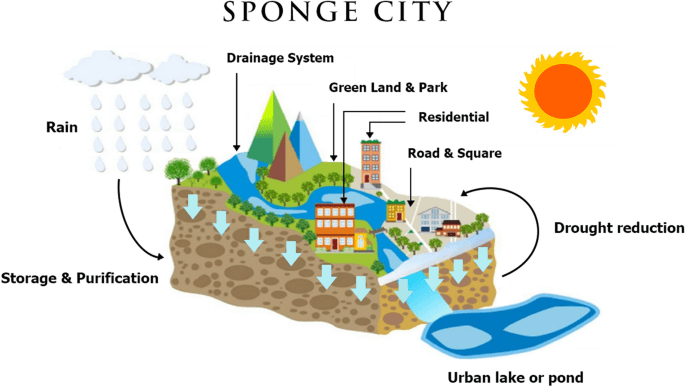
CAMPA: Compensatory Afforestation Fund Management & Planning Authority
Subscribers of "Current Affairs" course can Download Daily Current Affairs in PDF/DOC
Subscribe to Never Miss an Important Update! Assured Discounts on New Products!
Must Join PMF IAS Telegram Channel & PMF IAS History Telegram Channel
- Context (PIB): State/UT Compensatory Afforestation Fund Management and Planning Authority (CAMPA) have been advised to prepare their perspective plan to strengthen efforts to conserve and improve forest and wildlife habitats in the country.
About CAMPA
- The SC established CAMPA in 2002 as the National Advisory Council for monitoring, technical assistance and evaluation of compensatory afforestation activities and administering Compensatory Afforestation Fund (CAF).
- CAMPA promotes afforestation and regeneration activities to compensate for forest land diverted to non-forest uses.
|
Compensatory Afforestation Fund
- The centre passed the CAF Act in 2016, and the rules were notified in 2018.
- The National CAF under the Public Account of India and the State CAF under the Public Account of each state were created.
- The CAF Act was enacted to manage the funds collected for compensatory afforestation, driven by the ad hoc CAMPA.
- 90% of the CAF money will be given to the states, while the Centre will retain 10%.
- The funds can be used for
- Treatment of catchment areas,
- Assisted natural generation,
- Forest management,
- Wildlife protection and management,
- Relocation of villages from protected areas,
- Managing human-wildlife conflicts,
- Training and awareness generation,
- Supply of wood-saving devices and allied activities.
|
Problems with Compensatory Afforestation
- Greenwashing: According to some experts, compensatory afforestation has legitimised the clearing of forests, and they see it as an example of ‘greenwashing’.
|
- Low Utilization of Funds: The money collected for compensatory afforestation before 2016 has remained unutilised. Serious work on compensatory afforestation has begun only after the 2016 Act.
- No Availability of Land: Suitable land remains the biggest problem for compensatory afforestation.
- The land made available for afforestation usually cannot be used for any other purpose and is often highly unsuitable for growing plantations.
- Monoculture Plantations: Often, the plantations are monocultures, meaning they contain only one species of plants. There is a lack of biodiversity.
- There is also biotic pressure, referring to the challenge the plantations face from nearby human habitations and cattle.
- CAMPA-funded projects endangered landscape connectivity and “biodiversity corridors” and exposed forest patches to “edge effects”.
|
- Reduced View of Forests: According to some experts, the concept of compensatory afforestation works for the benefit of the biggest polluters on the planet.
|
- Parliamentary Standing Committee on Science and Technology, Environment and Forests (PSC) Report: The CAF Act 2016 has no time frame for creating compensatory forests and is highly bureaucratic.
- The Intergovernmental Panel on Climate Change (IPCC): In its Synthesis Report,IPCC, raised concerns about the ongoing policy of Afforestation in India that allows forests to be cut down and replaced elsewhere.
Afforestation and Reforestation Programmes in India
- National Mission for a Green India: One of the eight Missions under the National Action Plan on Climate Change. It aims to protect, restore and enhance India’s forest cover and respond to Climate Change.
- National Afforestation Programme (NAP) Scheme: The objective of this scheme is the ecological restoration of degraded forests and forest resources with people’s participation.
- National Forest Policy (NFP), 1988: It encourages the plantation of trees alongside roads, railway lines, rivers, streams, canals, etc., under social forestry.





![PMF IAS Environment for UPSC 2022-23 [paperback] PMF IAS [Nov 30, 2021]…](https://pmfias.b-cdn.net/wp-content/uploads/2024/04/pmfiasenvironmentforupsc2022-23paperbackpmfiasnov302021.jpg)










